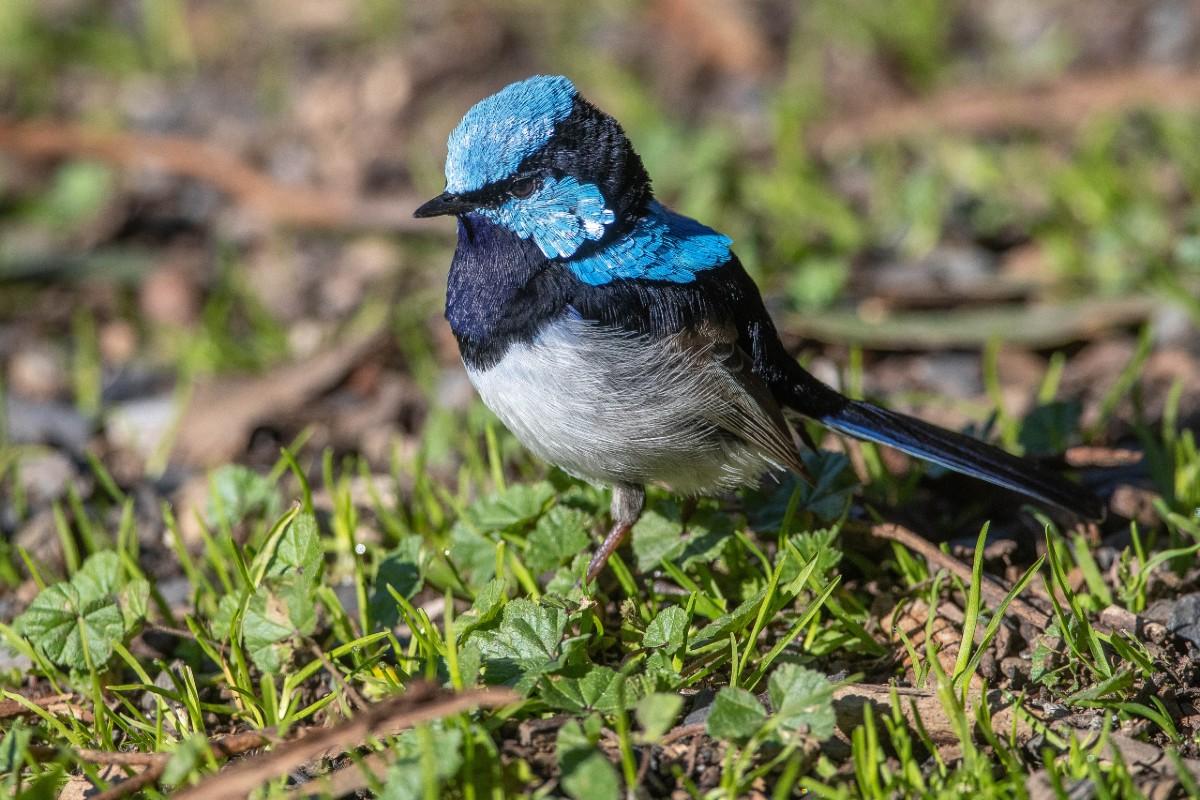The decline of woodland birds in the Mt Lofty Ranges
The number of woodland birds in the Mt Lofty Ranges has dropped by 45% since 2001, with 38 of 65 of monitored species in decline. In world’s best practice research conducted by GFAR’s Associate Professor Patrick O’Connor and team, analysis on 20 years of bird monitoring data provides incredibly important insights into how bird populations have been impacted by the slow degradation of woodland habitats.

These are birds those of us who live in the Mt Lofty Ranges know and love, such as honeyeaters, Superb Fairy Wrens and Thornbills. These are common species that are now declining toward threatened species status, due to issues with land management, some inappropriate fire management practices and an increase in pests and weeds.
Associate Professor O’Connor reports that while the data tells a worrying story, there are actions around woodland restoration and conservation that can be taken to halt the decline of the woodland species, but that it needs to be done urgently.
What we need to do right now is start an honest conversation between community groups, farmers, policy makers and key industry players about what is valued in the Mount Lofty landscape. The science is settled; too many woodland bird species are in serious decline and now is the time to take action before these birds and their systems are further imperilled. It isn’t too late, but it will be soon.Patrick O'Connor
You might have caught an article in The Advertiser by Clare Peddie on the 9th March and can listen to Associate Professor Patrick O’Connor in a conversation with ABC Radio’s Sonya Feldhoff from the 8th at around the 6 minute mark.
